Tag
#solar car
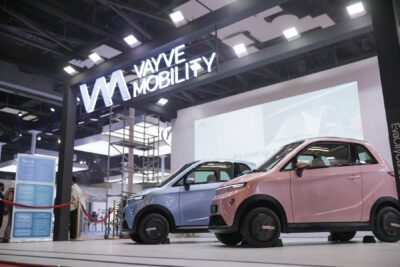
India: Vayve Mobility launches Eva with a solar roof at Auto Expo 2025
18.02.2025
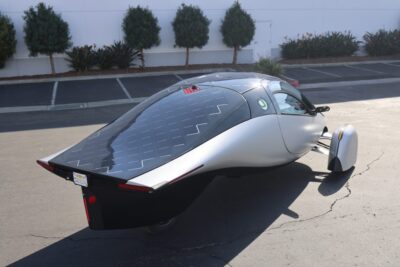
Solar car developer Aptera relies on batteries from LGES
10.01.2025
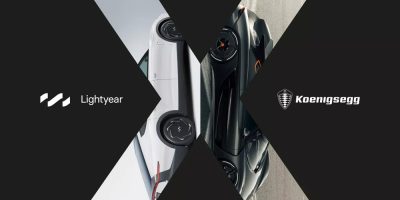
Lightyear to use Koenigsegg tech for second solar car
28.07.2022
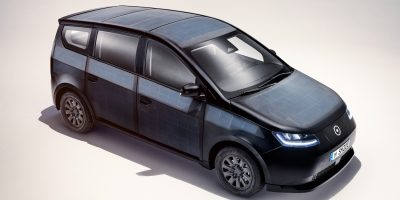
Sono Motors presents the final series design of the Sion
25.07.2022
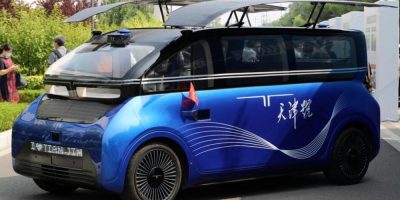
A real solar car developed in China
13.07.2022

Sono Motors hires new CTO
19.03.2021
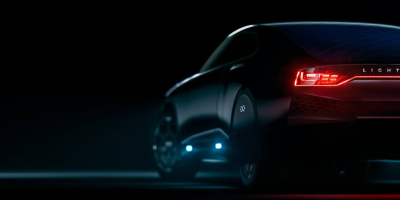
Lightyear solar electric car headed for leasing market
18.12.2018
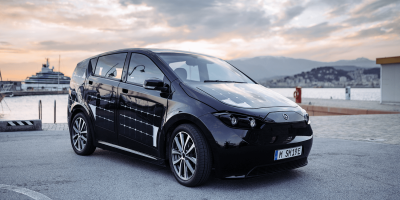
More than 5,000 Sion reservations placed
14.06.2018
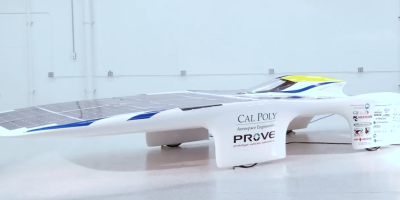
PROVE Lab designs solar car to reach 105kph without battery
16.04.2018
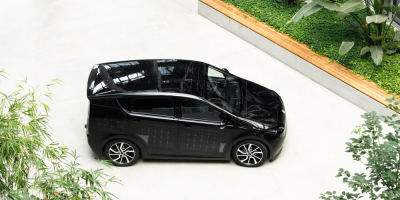
German Sono Motors says “Sorry!” for the car industry
05.02.2018

Smart Urban Vehicle, electrolysis, solar car, trilithium niobate.
06.07.2015

Last commented